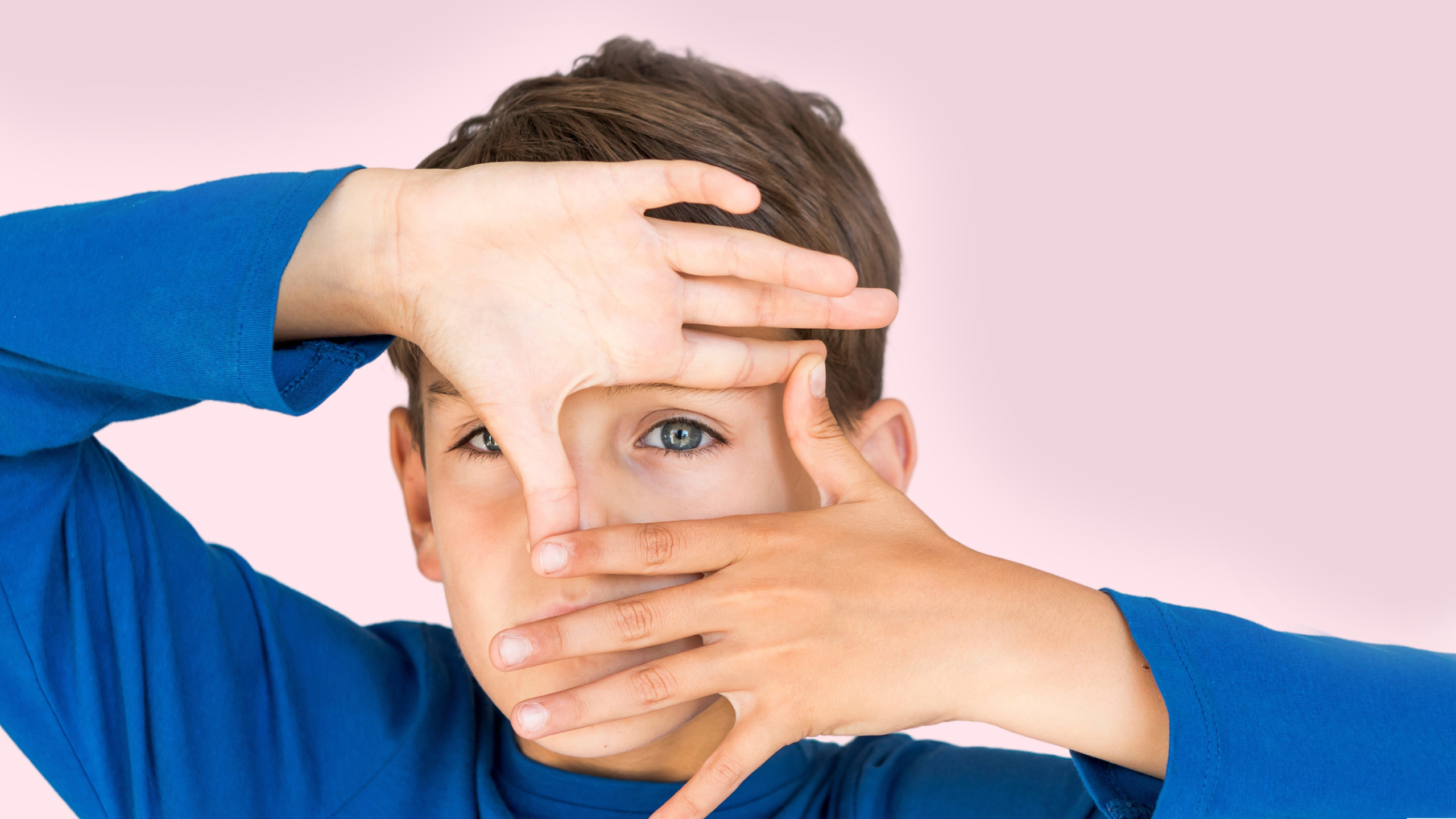MYOKYMIA – When the eyelid trembles.

⏱️ 02:00 MIN. READING TIME
When the eyelid trembles, it indicates a condition called MYOKYMIA, characterized by a muscle contraction in either the lower or upper eyelid of one or both eyes (though having both eyes affected is rare). These ocular spasms are temporary and fade away as spontaneously as they appear. In rare cases or due to certain pathologies, this annoyance may persist for weeks or even months.
THE CAUSES OF MYOKYMIA:
STRESS: the most common cause. The body, like a sponge, absorbs and processes every tension, then turning it into tics, outbursts, insomnia, and more.
FATIGUE AND LACK OF SLEEP: Regularly losing hours of sleep promotes the onset of this minor annoyance.
EYE FATIGUE: we translate this into excessive use of computers, tablets, and other devices, as well as intense proximal work.
ABUSE OF CERTAIN SUBSTANCES SUCH AS ALCOHOL AND CAFFEINE or SMOKING, remember that these are exciting and stimulating substances for the body.
DRY EYE: This condition is very common after 50 years of age or due to the use of contact lenses, but it can also occur if exposed to a particularly polluted environment or if using drugs (as a subsequent contraindication).
NUTRITIONAL IMBALANCES: the first element among all is magnesium, if deficient it can lead to the manifestation of this trembling.
ALLERGIES: rubbing your eyes when they itch leads to the release of histamine in the eyelid tissues and tear film, promoting this discomfort.
MEDICATIONS: There are medications that induce myokymia as a side effect.
HEMIFACIAL SPASM: A non-dystonic condition that involves various muscles and causes irritation of the facial nerve.
Usually, this discomfort presents itself as an isolated event and remains as such, without arousing suspicion and without creating worries.

WHEN TO BE CONCERNED?!
Concern arises when the discomfort persists despite efforts to improve sleep, diet, and reducing intake of the aforementioned substances. If symptoms like red or painful eyes, changes in pupil appearance, or difficulty keeping the eye open due to involuntary closure occur, medical consultation is advised. Persistent tremors or sudden changes in facial appearance or movement also warrant a doctor’s visit to rule out serious conditions like glaucoma, blepharitis, corneal abrasion, uveitis, Tourette syndrome, Parkinson’s Disease, Dystonia, Bell’s Palsy, and Multiple Sclerosis. Electromyography and magnetic resonance imaging are commonly recommended diagnostic tests.
PREVENTION STRATEGIES:
- Reduce Stress: Engage in physical activities or hobbies that promote relaxation.
- Regular, Adequate Sleep: Ensure a sufficient amount of sleep to maintain overall health.
- Moderate Substance Use: Limit intake of alcohol, caffeine, and avoid smoking.
- Protect Your Eyes: Use blue light filtering glasses when using digital devices and ensure proper lighting and screen distance.
- Manage Dry Eyes: Use artificial tears to maintain optimal eye hydration.
For immediate relief, applying a warm damp towel on the eyes can help alleviate the discomfort. Drinking teas, herbal infusions, or chamomile can be relaxing and contribute to overall hydration, which is essential for eye health.
If myokymia persists, Botox injections may be considered as a treatment option, but this invasive approach should be determined and performed by a specialist.
